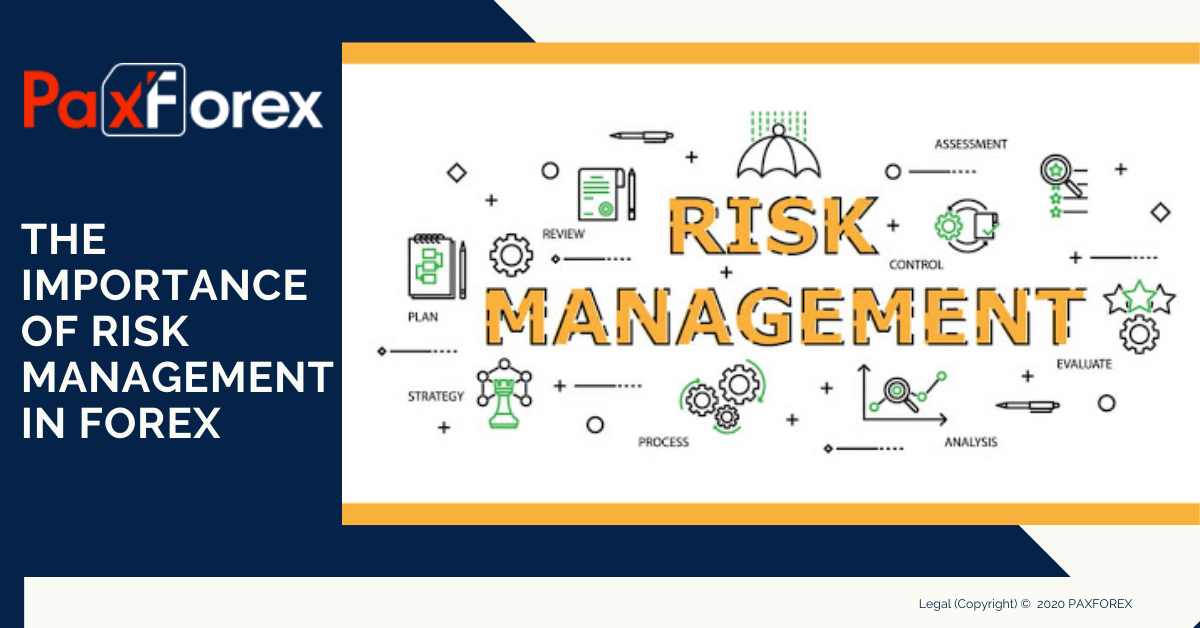How the Importance of Risk Management Shapes Effective Leadership
How the Importance of Risk Management Shapes Effective Leadership
Blog Article
Discovering the Value of Risk Management for Effective Decision-Making Methods
In the elaborate world of business, Risk Management emerges as a vital element in the decision-making procedure. The ability to identify potential threats and opportunities, and strategize as necessary, can mean the distinction between success and failure.
Recognizing the Idea of Risk Management
Risk Management, a critical component in decision-making, is often misconstrued or oversimplified. Usually, it refers to the identification, examination, and prioritization of risks to reduce, keep an eye on, and control the probability or influence of unfortunate occasions. It's not merely regarding avoiding unfavorable outcomes, yet also about recognizing potential chances. Risk Management includes structured and disciplined approaches, utilizing information and informative analyses. It needs a thorough understanding of the organization's context, purposes, and the prospective threats that could thwart them. From economic uncertainties, lawful responsibilities, strategic Management mistakes, to accidents and all-natural calamities, it resolves various threats. Significantly, effective Risk Management is not stagnant; it's a constant, forward-looking process that develops with changing scenarios.
The Duty of Risk Management in Decision-Making Processes
In the world of calculated preparation and service operations, Risk Management plays an integral function in decision-making procedures. Risk Management thus ends up being an essential device in decision-making, aiding leaders to make enlightened choices based on an extensive understanding of the risks involved. Risk Management offers as a crucial part in the decision-making processes of any kind of organization.

How Risk Management Enhances Strategic Planning
In the context of critical preparation, Risk Management plays a critical role. Initiating with the recognition of possible dangers, it further includes the execution of Risk mitigation procedures. The duty of Risk Management is not static however dynamic, as it demands constant surveillance and adjusting of approaches.
Recognizing Potential Dangers

Applying Risk Mitigation
Risk reduction techniques can vary from Risk evasion, Risk transfer, to risk decrease. Each approach should be customized to the specific Risk, considering its possible effect and the organization's Risk resistance. Reliable Risk mitigation needs a deep understanding of the Risk landscape and the potential impact of each Risk.
Monitoring and Changing Approaches
Though Risk reduction is an essential action in critical preparation, continual surveillance and adjustment of these strategies is equally essential. It additionally supplies Homepage a possibility to assess the success of the Risk Management actions, permitting adjustments to be made where necessary, additional enhancing strategic preparation. Tracking and readjusting Risk Management methods is a crucial component for improving a company's strength and critical planning.
Situation Researches: Successful Risk Management and Decision-Making
Worldwide of company and money, successful Risk Management and decision-making commonly function as the columns of flourishing business. One such entity is a multinational oil company the original source that mitigated monetary loss by hedging versus varying oil rates. In another circumstances, a tech start-up flourished by determining and approving risky, high-reward strategies in a volatile market. A global financial institution, faced with governing unpredictabilities, efficiently browsed the scenario via aggressive Risk assessment and dynamic decision-making. These cases highlight the value of sharp Risk Management in decision-making procedures. It is not the lack of Risk, but the Management of it, that frequently differentiates successful companies from unsuccessful ones. These cases emphasize the vital role of Risk Management in strategic decision-making. importance of risk management.
Tools and Techniques for Reliable Risk Management
Browsing the detailed puzzle of Risk Management requires the appropriate set of tools and strategies. These devices, such as Risk registers and warmth maps, help in identifying and analyzing potential dangers. Strategies consist of both quantitative techniques, like level of sensitivity evaluation, and qualitative methods, such as SWOT analysis. These assistance in focusing on risks based on their prospective influence and chance. Risk reaction methods, a vital component of Risk Management, include approving, staying clear of, transferring, or mitigating risks. Tracking and managing threats, via normal audits and evaluations, make sure that the approaches continue to be effective. With these techniques and tools, decision-makers can navigate the complicated landscape of Risk Management, thus helping with notified and reliable decision-making.
Future Fads in Risk Management and Decision-Making Techniques
As we check out the huge landscape of Risk Management, it becomes evident that the methods and devices made use of today will continue to develop. The concept of Risk culture, where every participant of an organization is conscious and entailed in Risk Management, will get extra prominence. These patterns proclaim an even more inclusive and aggressive strategy towards Risk Management and decision-making.
Final thought

Risk Management therefore comes to be a vital tool in decision-making, assisting leaders to make enlightened choices based on a detailed understanding of the threats included. Risk reduction approaches can vary from Risk avoidance, Risk transfer, to see here now risk reduction (importance of risk management). Effective Risk mitigation needs a deep understanding of the Risk landscape and the prospective effect of each Risk. Risk feedback approaches, a key part of Risk Management, entail approving, avoiding, transferring, or mitigating dangers. The idea of Risk society, where every member of a company is mindful and entailed in Risk Management, will obtain more prominence
Report this page